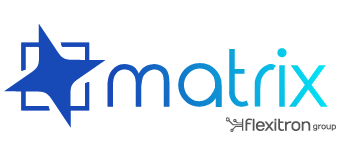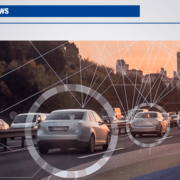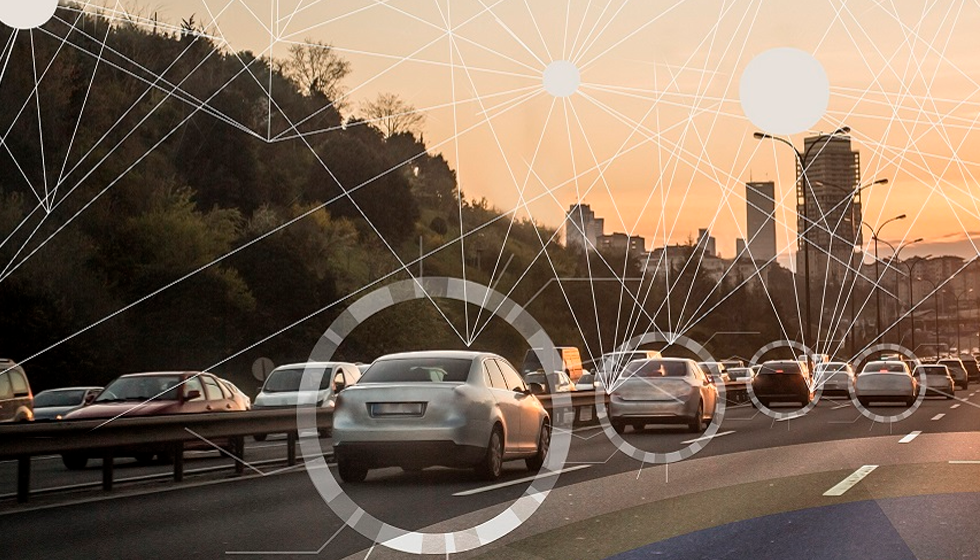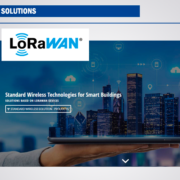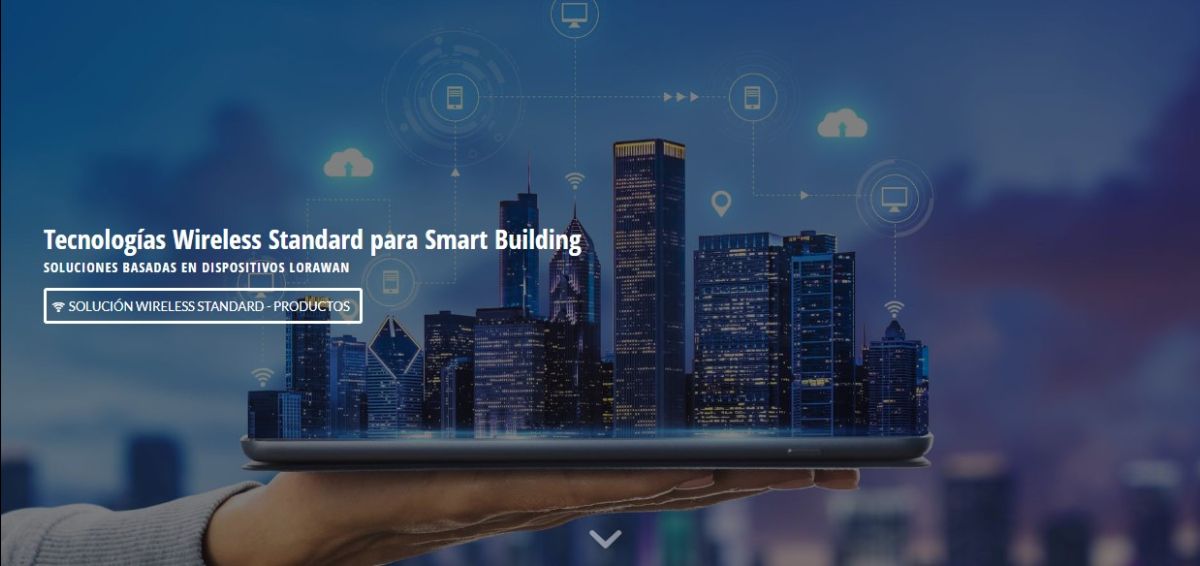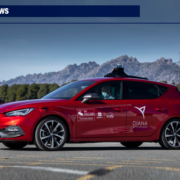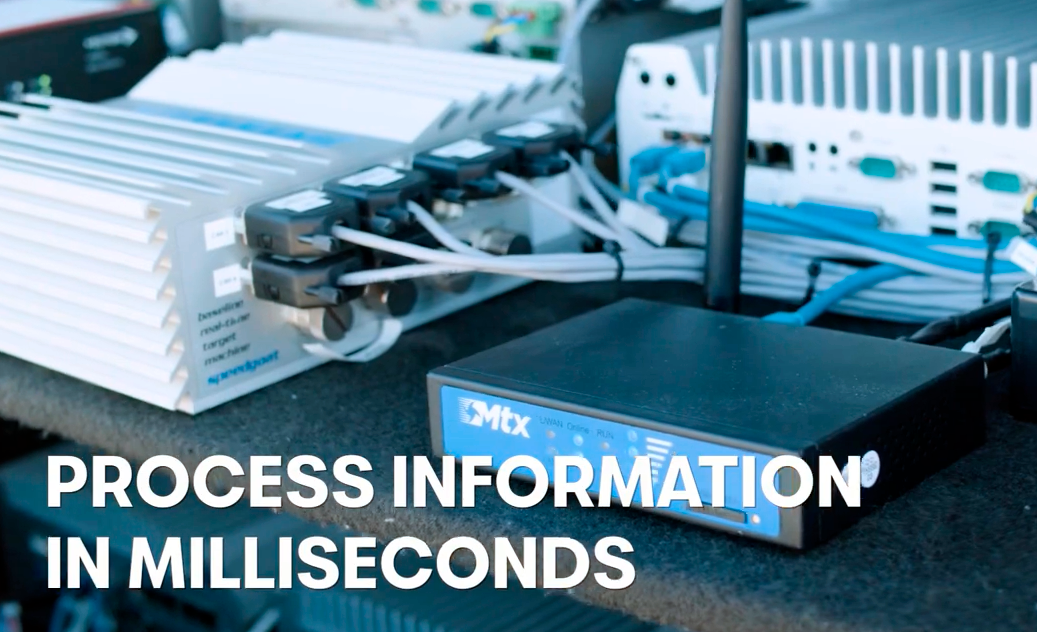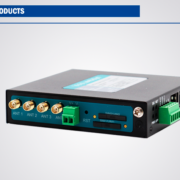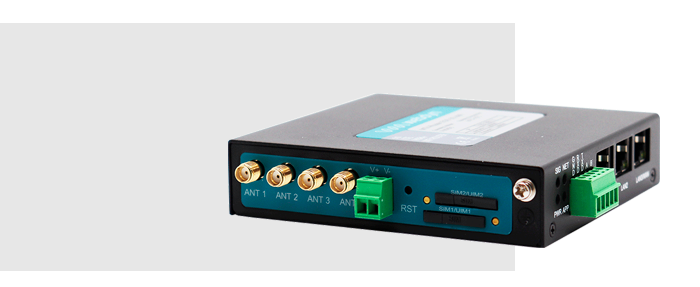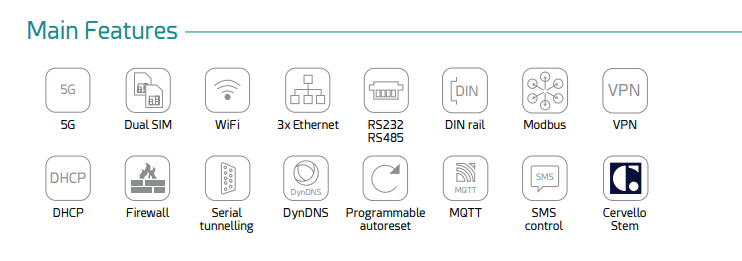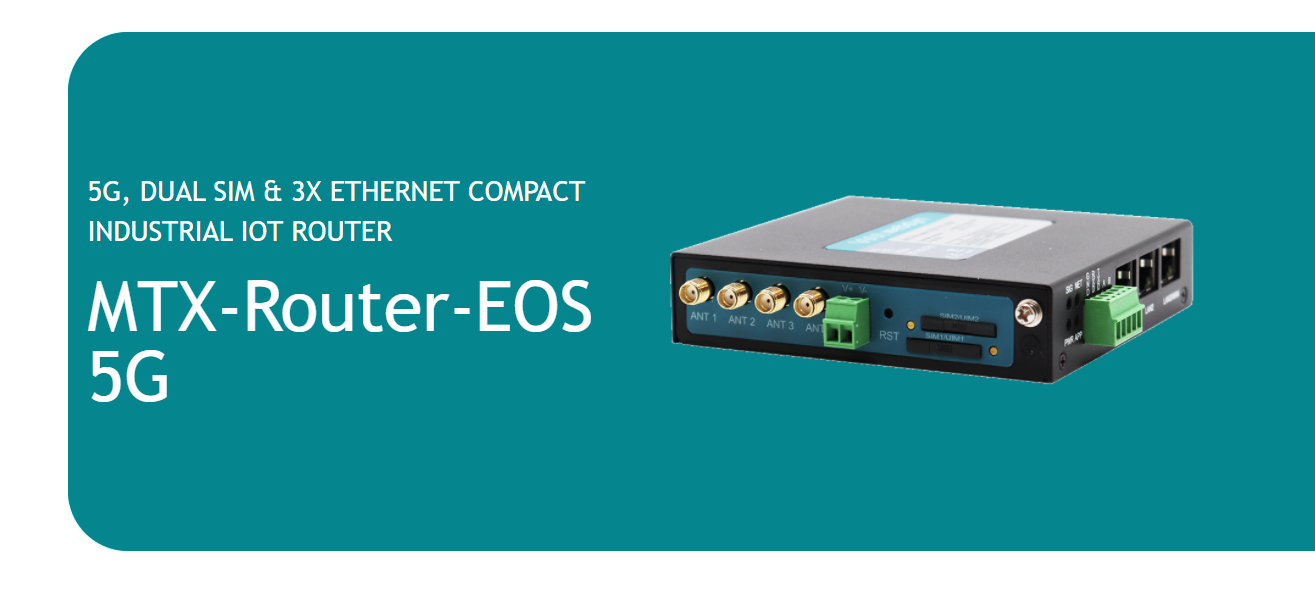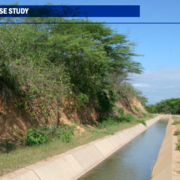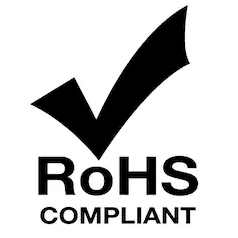Monitoring of water canals in Peru
There is growing demand for IoT devices that can operate in remote places without the need for high maintenance, frequent replacement, or a power supply. Such is the case of the Peruvian National Water Authority (Autoridad Nacional del Agua), that needed a solution to monitor water canals all around the country.
Thousands of kilometers of water canals, many of them from the pre-hispanic era, make agriculture possible in the desertic areas of Peru. That is why the National Water Authority needed a very specific device to allow the maintenance of 16,658 km of canals in 22 different regions. A better monitoring of these canals will reactivate the agricultural activity on those areas, as well as create productive job opportunities.
Device: MTX-StarSensor, IoT modem for sensor control with IP67, ULP, batteries
Other equipment: any radar sensor
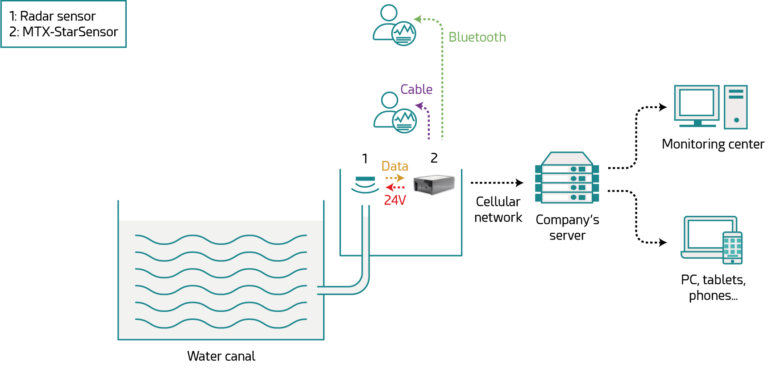
Webdyn’s MTX-StarSensor is an autonomous modem that powers any radar sensor to measure the water level of the canals, without the need of a power source, giving the device an autonomy of up to 10 years in case of one daily measurement reading.
The modem functions with primary batteries, a very necessary feature for any equipment installed in remote locations deprived of electricity. It also has an IP67 enclosure to protect it in the midst of harsh environments, and make it resistant to water. Thanks to its innovative Ultra Low Power firmware feature, this device can be programmed to wake up every hour along with the sensor, powered by a 24V power output. Afterwards, the sensor takes a measurement and the equipment stores the data or sends it through the cellular network to an IoT platform via FTP/s, and then goes back to sleep until the next reading. The reading times can be changed remotely via SMS.
In this case, the device is programmed to send the data six times per day, except when it detects an unusual change of the water level. If that happens, the device sends an alarm along with the gathered data. With this set up, the batteries do not need to be replaced for more than three years, resulting in a considerable reduction in maintenance costs, driving time, and human resources that would be needed in case they had to be changed more frequently. This solution also reduces the risk of flooding and the water waste, maximizing this precious resource for agricultural purposes.
Another important feature is its Bluetooth interface, which facilitates the remote configuration or data extraction without the need to manipulate a device that may be installed in locations with difficult access. A magnet is all that is needed to unlock the equipment for its programming.
According to National Water Authority engineers, the purpose of the project is the registration of organized and reliable water information through the continuous measurement of water at the head of the irrigation blocks and catchments on the coast of Peru. They affirm the results “will be reflected in the improvement of the management of water resources, the control and monitoring of the exercise of the right to use water, and the improvement in the efficiency of water use and economic compensation.”

The MTX-StarSensor is an ideal solution for a wide range of applications like monitoring of tanks and silos, pumping stations, distribution of water through canals, tank filling based on the demand and the electricity price, regulation of gates, monitoring of land (humidity, pH, light) for crops, etc. It allows 4G/3G/2G connectivity and can send the data via MQTT/s, HTTP/s or FTP/s. It also has all the functionalities of the powerful MTX-Tunnel firmware, and it is compatible with Cervello Stem – IoT Platform.
